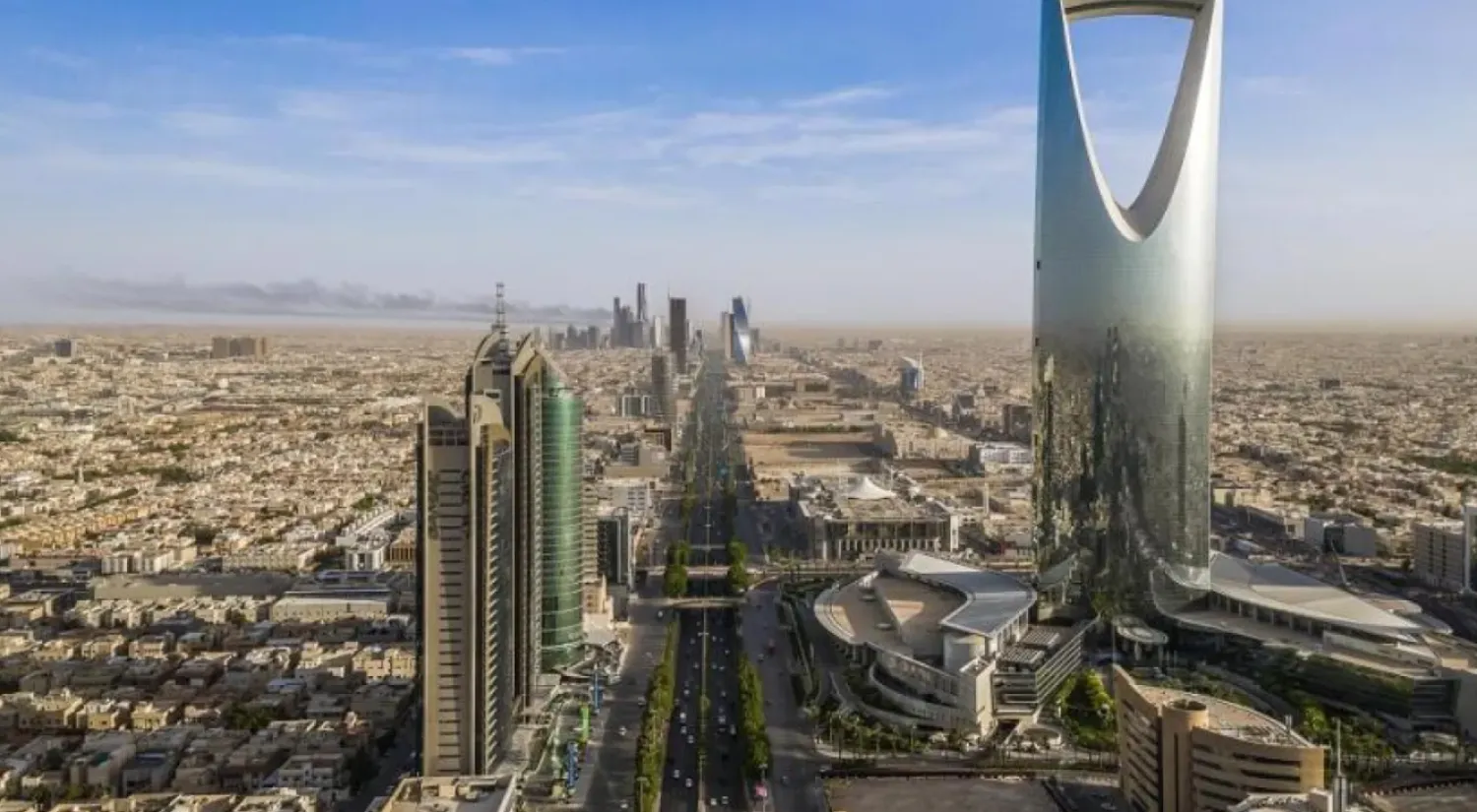The Heathrow Airport (LHR) decision to cut capacity and request for airlines to stop selling tickets for summer flights has angered the Emirates airline company, which described the airport demands as "unreasonable and unacceptable".
Emirates said it had rejected the London hub's demands to cut capacity despite being threatened with legal action, and that it would continue to operate to schedule, according to Reuters.
Heathrow, Britain’s most crowded airport, this week asked airlines to stop selling tickets for summer flights, limiting the number of passengers flying from the hub to 100,000 a day to ease pressure on operations that have been unable to keep up with demand.
The Emirates airline said in a statement: “It is highly regrettable that Heathrow gave us 36 hours to comply with capacity cuts, of a figure that appears to be plucked from thin air. Now, with blatant disregard for consumers, they wish to force Emirates to deny seats to tens of thousands of travelers who have paid for, and booked months ahead, their long-awaited package holidays or trips to see their loved ones. And this, during the super peak period with the upcoming holidays, and at a time when many people are desperate to travel after 2 years of pandemic restrictions. Until further notice, Emirates plans to operate as scheduled to and from LHR.”
Emirates said 70% of those flying out of Heathrow were booked to catch connecting flights from Dubai, highlighting the impact the cuts would have on the airline if enforced.
It added it was not practical to move flights to other British airports, and re-booking the sheer numbers of potentially impacted passengers is impossible with all flights running full for the next weeks. Considering LHR handled 80.9 million passengers annually in 2019, or a daily average of 219,000 before the pandemic, the cap represents greater than a 50% cut.
According to BBC, the cap on passenger numbers at Heathrow Airport will be in place from now until September 11.
Thousands of UK travelers have been affected by disruption in recent weeks, with many having to deal with last-minute flight cancellations. The UK is about to enter the key summer holiday season as schools begin to break up and there are concerns travelers will be hit by further disruption and delays to journeys.
Airports and airlines, which cut jobs during the height of the coronavirus pandemic, have struggled to recruit staff as demand for international travel has returned. But Emirates said its ground handling and catering staff were "fully ready and capable" of handling its scheduled flights, claiming the "crux of the issue lies with the central services and systems which are the responsibility of the airport operator." It also accused Heathrow management of choosing "not to act, not to plan, not invest" and said its new cap on passengers appeared to have been "plucked from thin air".
"They are pushing the entire burden - of costs and the scramble to sort the mess - to airlines and travelers. All the signals of a strong travel rebound were there," the statement added. The airline said that as international travel had recovered over the past year, it had rehired and trained 1,000 pilots.
"Moving some of our passenger operations to other UK airports at such short notice is also not realistic. Ensuring ground readiness to handle and turnaround a widebody long-haul aircraft with 500 passengers onboard is not as simple as finding a parking spot at a mall," the airline said.
"Over the past few weeks, as departing passenger numbers have regularly exceeded 100,000 a day, we have started to see periods when service drops to a level that is not acceptable: long queue times, delays for passengers requiring assistance, bags not travelling with passengers or arriving late, low punctuality and last-minute cancellations," said Heathrow boss John Holland-Kaye as quoted by BBC.









